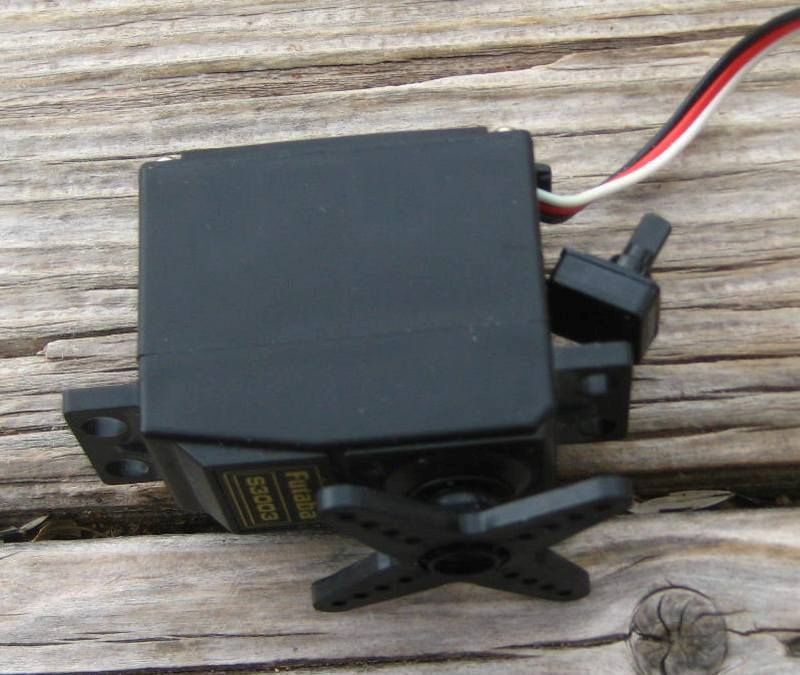In another thread I mentioned that a sales clerk at the local Ace Hdwr. store suggested modifying a servo for a cheap 5-6 volt motor. He suggested moving the ‘pot’ and setting it in the center position. The result is a continuous run, polarity sensitive motor, since I had 2 on the shelf, I grabbed one and found it fairly easy to do;

Since my application is a cheap motor, it raised questions regarding the wisdom and a link to more powerful editions…and questions!
I don’t have the answers and thought a specific thread might be helpful to the Others.
I googled continuous run servos and saw thousands, I was impressed with the $2,100 beauty, but since I’m not aiming lasers I clicked on …
